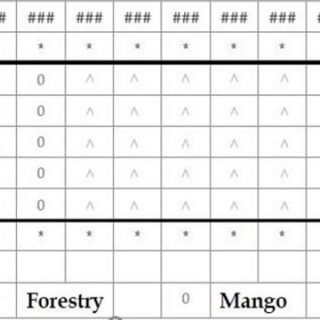Biomass explained

Energy from municipal solid waste
Municipal solid waste (MSW), often called garbage, is used to produce energy at waste-to-energy plants and at landfills in the United States. MSW contains
- Biomass, or biogenic (plant or animal products), materials such as paper, cardboard, food waste, grass clippings, leaves, wood, and leather products
- Non-biomass combustible materials such as plastics and other synthetic materials made from petroleum
- Noncombustible materials such as glass and metals
In 2018, about 12% of the 292 million tons of MSW produced in the United States was burned in waste-to-energy plants.
Total MSW generation in the United States by type of waste, 2018

Total MSW generation in the United States by type of waste,2018paperyard trimmings food waste plastics metals rubber, leather and textiles wood glass other Data source: U.S. Environmental Protection Agency, Advancing Sustainable Materials Management: 2018 Fact Sheet, November 2020
Total=292 million tons
12.2%
Management of MSW in the United States, 2018
 Management of MSW in the United States, 2018 land filled recycled burned with energy recovery composted other Data source: U.S. Environmental Protection Agency, Advancing Sustainable Materials Management: 2018 Fact Sheet, November 2020
Management of MSW in the United States, 2018 land filled recycled burned with energy recovery composted other Data source: U.S. Environmental Protection Agency, Advancing Sustainable Materials Management: 2018 Fact Sheet, November 2020
Total=292 million tons
50%
Waste-to-energy plants make steam and electricity
MSW is usually burned at special waste-to-energy plants that use the heat from the fire to make steam for generating electricity or to heat buildings. In 2020, 65 U.S. power plants generated about 13.5 billion kilowatthours of electricity from burning about 25 million tons of combustible MSW for electricity generation. Biomass materials accounted for about 61% of the weight of the combustible MSW and for about 45% of the electricity generated. The remainder of the combustible MSW was non-biomass combustible material, mainly plastics. Many large landfills also generate electricity by using the methane gas that is produced from decomposing biomass in landfills.
Waste-to-energy is a waste management option
Producing electricity is only one reason to burn MSW. Burning waste also reduces the amount of material that would probably be buried in landfills.
Waste-to-energy plants reduce 2,000 pounds of garbage to ash weighing about 300 pounds to 600 pounds, and they reduce the volume of waste by about 87%.
Waste-to-energy around the world
Many countries use waste-to-energy plants to capture the energy in MSW. The use of waste-to-energy plants in some European countries and in Japan is relatively high, in part because those countries have little open space for landfills.
Percent of total municipal solid waste that is burned with energy recovery in selected countries

Data source: Data from Organization for Economic Cooperation and Development (OECD) as of November 22, 2021Note: Scandinavia includes Denmark, Norway, and Sweden. Data for the United States, South Korea, and Japan are for2018; for all other countries the year is 2019.
Last updated: November 26, 2021
Courtesy of EIA Gov
